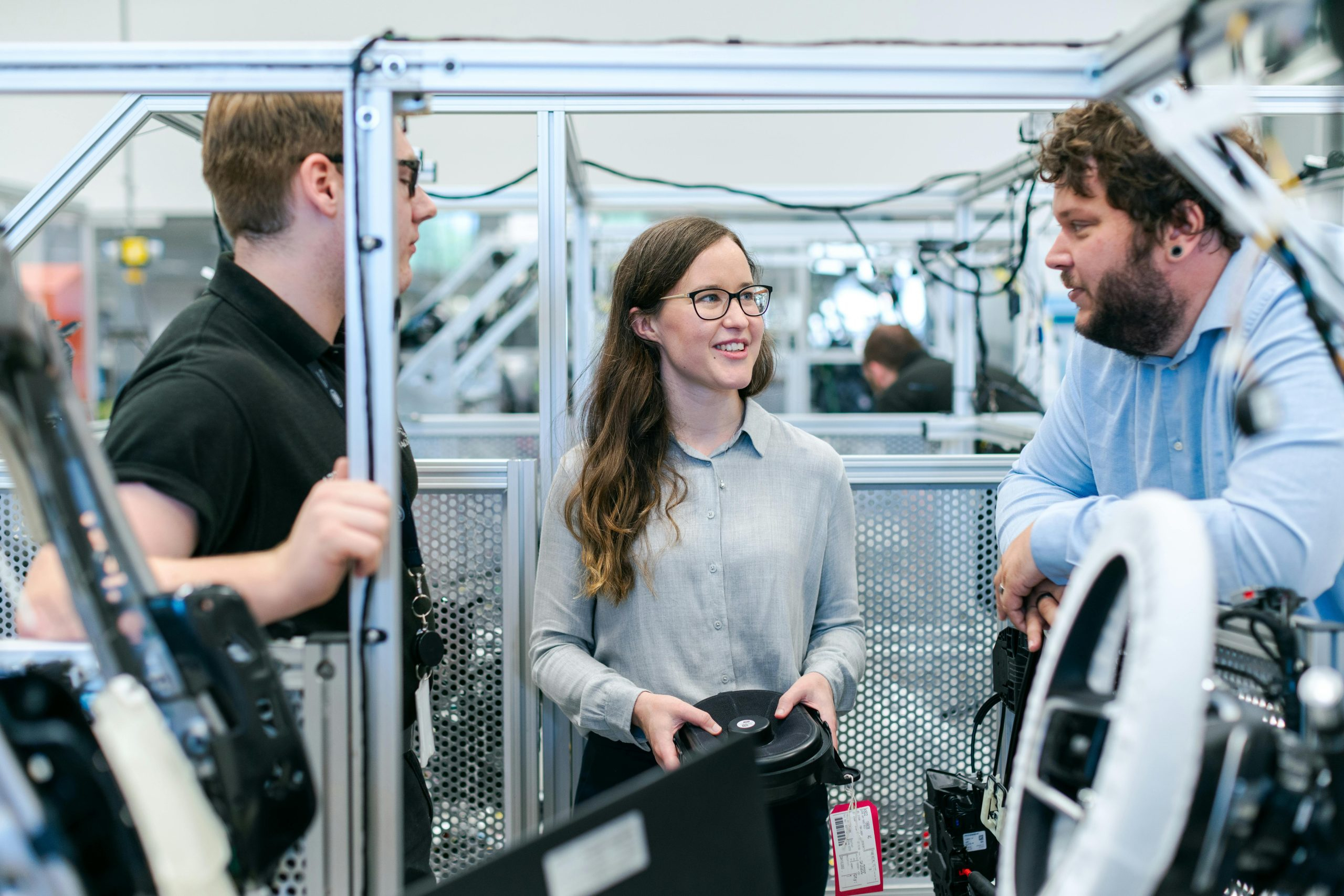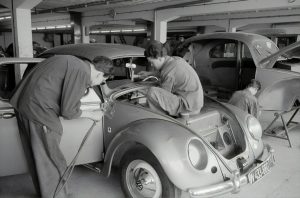The surprising science behind why some cars feel faster than others
There is something exhilarating about sitting behind the wheel of a fast car. The roar of the engine, the rush of acceleration, and the adrenaline that surges through your body as you step on the gas pedal – these are the things that make driving a high-performance vehicle such a thrilling experience. But have you ever wondered why some cars feel faster than others, even if they have similar specifications? Is it just the raw power of the engine, or is there a more scientific explanation behind the perceived speed of a car? In this article, we will explore the surprising science behind why some cars feel faster than others.
The Role of Power-To-Weight Ratio
One of the key factors that contribute to the feeling of speed in a car is its power-to-weight ratio. This term refers to the amount of power produced by the engine in relation to the weight of the vehicle. In simple terms, a higher power-to-weight ratio means that the car has more horsepower per unit of weight, allowing it to accelerate faster and reach higher speeds.
To understand why this matters, let’s take an example of two cars – one with a lower power-to-weight ratio and the other with a higher ratio. The first car has a 4-cylinder engine producing 200 horsepower, and it weighs 3000 pounds. The second car has a 6-cylinder engine producing 300 horsepower, but it weighs 4000 pounds. On paper, both cars have similar specifications – 200 horsepower and 15 pounds per horsepower. However, in reality, the second car will feel significantly faster due to its higher power-to-weight ratio.
The Influence of Aerodynamics
Another factor that affects the perceived speed of a car is its aerodynamics. Aerodynamics refers to the way air flows over and around a vehicle. A car with good aerodynamics will experience less resistance from the air, allowing it to move faster with less effort. On the other hand, a car with poor aerodynamics will have to work harder to achieve the same speed, resulting in a slower and less exhilarating driving experience.
One of the key elements that contribute to a car’s aerodynamics is its front grille. A larger grille creates more drag, making the car feel slower and less responsive. This is one reason why sports cars often have sleeker and smaller grilles compared to regular cars. The angle and shape of the front bumper, headlights, and overall body design also play a crucial role in determining a car’s aerodynamics.
The Impact of Gear Ratios
An often overlooked factor that can make a significant difference in the feeling of speed in a car is gear ratios. These refer to the sizes of the gears in the transmission and how they are matched to the engine’s power band. Cars with shorter gear ratios will reach higher speeds in lower gears, while cars with longer gear ratios will take longer to reach top speeds in higher gears.
Your car’s gear ratios can influence the sense of acceleration and top speed, even if it has a powerful engine. For example, a car with a 5-speed manual transmission may have more gear options for acceleration, compared to a car with a 3-speed automatic. This can make the manual car feel faster and more responsive, even if both cars have similar horsepower.
The Role of Personal Perception
While factors like power-to-weight ratio, aerodynamics, and gear ratios have a significant impact on how fast a car feels, there is also an element of personal perception at play. This is because our perception of speed is influenced by several external factors, including the environment, other vehicles on the road, and our own experiences as drivers.
For instance, driving on an open and straight stretch of road with no traffic can make any car feel faster than driving in the city with frequent stops and turns. Similarly, seeing another fast car on the road or being in a race with someone can make your car feel slower, even if it has similar or better performance capabilities.
In Conclusion
As we have seen, several factors contribute to why some cars feel faster than others. From power-to-weight ratio, aerodynamics, and gear ratios to personal perception, all these elements play a crucial role in determining a car’s perceived speed. So the next time you get behind the wheel of a fast car, remember that it’s not just about the horsepower – there’s a lot more going on behind the scenes that makes a car feel truly fast.










